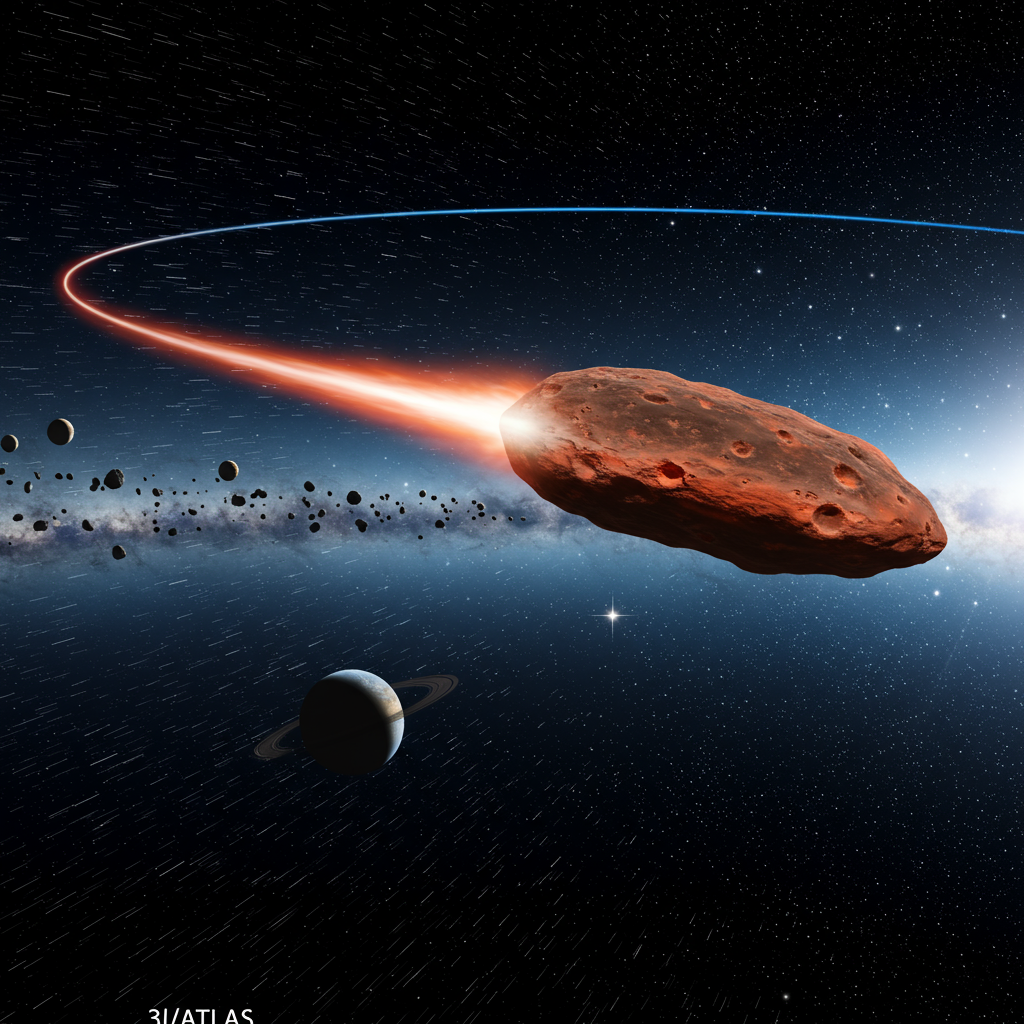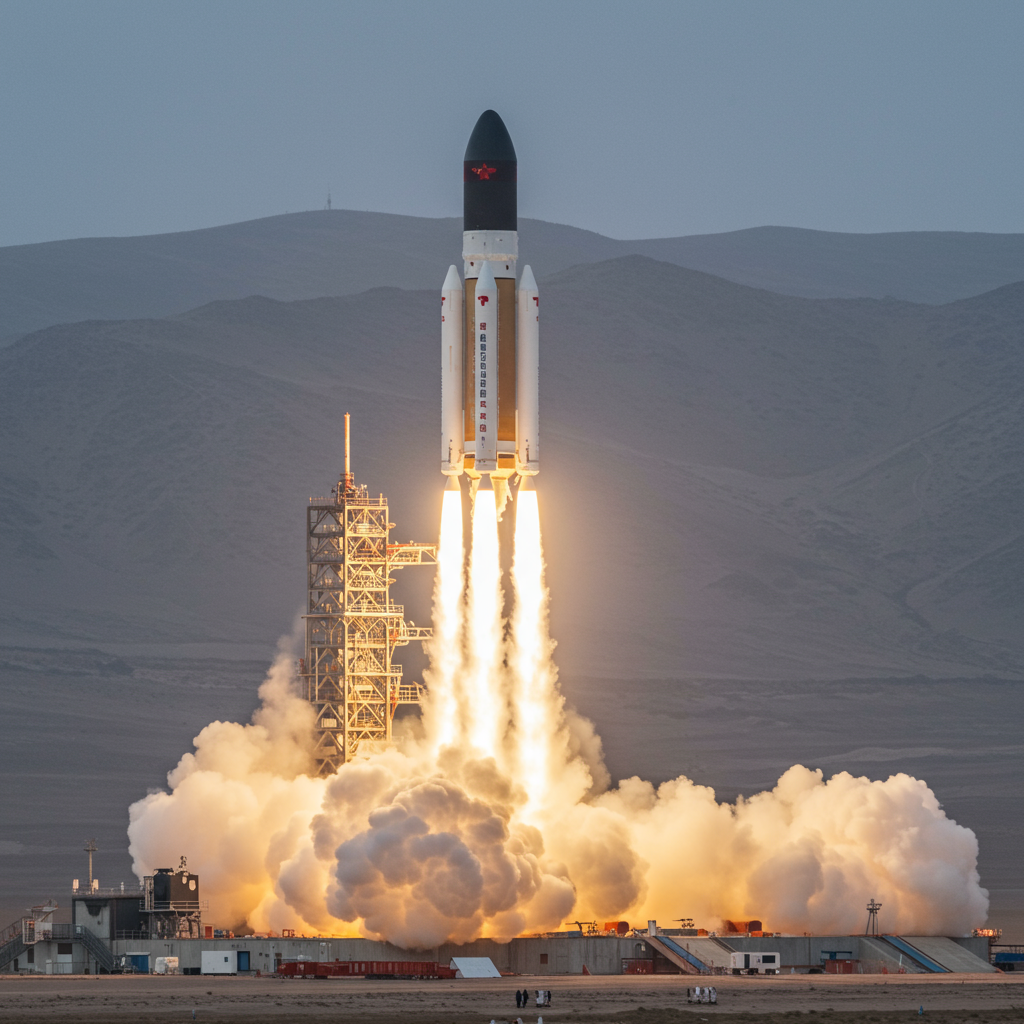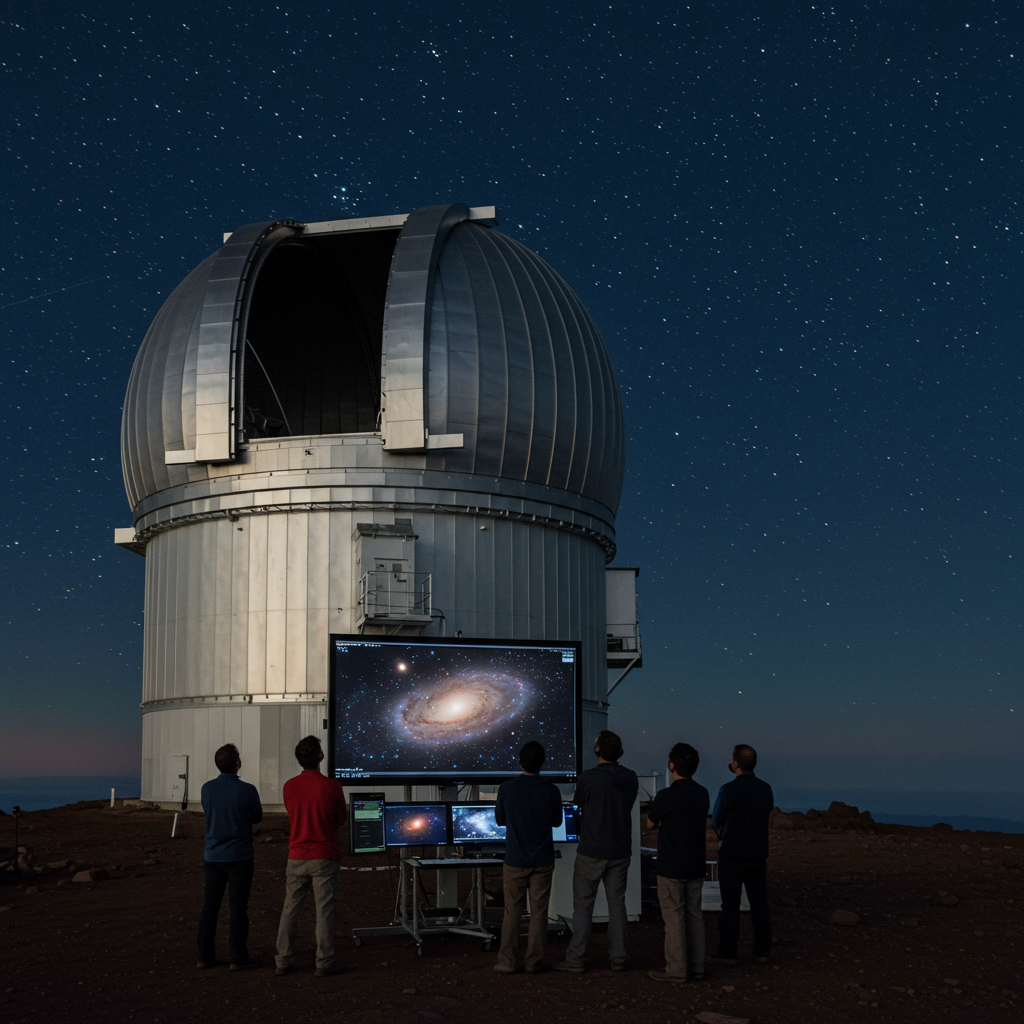A spectacular new discovery has shaken the astronomy world. Scientists have spotted a celestial object from beyond our Solar system. This incredible visitor, designated C/2025 N1 or 3I/atlas, is currently racing through our cosmic neighborhood. It’s only the third interstellar object humanity has ever confirmed. Its remarkable speed makes it particularly noteworthy.
This object travels along a hyperbolic path. This open trajectory means it is not bound by the Sun’s gravity. It will zoom into the inner Solar System and then leave. Its discovery offers a rare chance to study material from another star system firsthand.
The Third Interstellar Guest Arrives
Interstellar objects are celestial bodies originating from outside our own stellar system. They travel through the vast space between stars. Until recently, their existence was mostly theoretical. The first confirmed interstellar visitor, ‘Oumuamua (1I), was found in 2017. This mysterious object had an unusual, elongated shape. The second, Comet 2I/Borisov, was seen in 2019. It displayed a clear comet-like tail.
3I/ATLAS now joins this exclusive list. Its official name, C/2025 N1, indicates it’s a comet-like body. Its speed is extraordinary, setting a new record for such visitors. Moving at roughly 68 kilometers per second, it is significantly faster than both ‘Oumuamua and Borisov. This high velocity could suggest it has been journeying through the galaxy for an immense period.
Astronomer Michele Bannister calls this finding “fabulous.” She notes that studying ‘Oumuamua and Borisov provided “transformational opportunities.” She anticipates 3I/ATLAS will offer similarly profound insights. These objects act like cosmic messengers. They carry clues about the conditions in distant planetary systems.
A Comet from Another Star?
Currently, 3I/ATLAS is located just inside Jupiter’s orbit. It is rapidly heading towards the Sun. It is expected to pass through the inner Solar System in October. Observations show it might be behaving like a comet. Some researchers have already reported seeing a tail. This tail forms as the object approaches the Sun. Solar heat causes frozen gases and dust to vaporize.
This comet-like activity provides valuable information. It suggests 3I/ATLAS contains volatile materials. These materials were likely frozen during its long journey through cold interstellar space. Studying the composition of this vented gas and dust is crucial. It can reveal the chemical makeup of the object. This, in turn, tells us about the environment where it formed.
In contrast, ‘Oumuamua appeared more asteroid-like. It showed no noticeable tail. The diversity between these few detected interstellar objects is already intriguing. It hints at the variety of leftover building blocks found in other protoplanetary disks.
Caught Speeding Through Space
The discovery of 3I/ATLAS was made on July 1. The Asteroid Terrestrial-impact Last Alert System (ATLAS) telescope in Chile first spotted it. ATLAS is a NASA-funded project. It automatically scans the sky for moving objects. It’s designed to detect potential impact threats, but also flags other interesting transients.
ATLAS co-manager Larry Denneau described the initial observation as looking “completely garden variety.” The automated system reported it like many other objects found daily. However, other astronomers quickly recognized its unique trajectory. They analyzed new and archived data from various telescopes. By finding the object in earlier images, they could calculate its precise path.
These calculations confirmed its path was a wide, open hyperbola. This trajectory is not a closed orbit around the Sun. This finding definitively marked it as interstellar. Denneau noted the sudden shift from a routine notification to a “frenzy.” Hundreds of astronomers and millions of people worldwide suddenly paid attention.
Unlocking Secrets of Distant Worlds
The discovery of 3I/ATLAS presents a unique opportunity for scientific study. Researchers worldwide are now turning their telescopes towards it. Both Earth-based observatories and space telescopes will observe the visitor. Its predicted visibility window extends through October.
Astronomers aim to gather extensive data. This includes information on its composition, size, and shape. They will also track how it changes as the Sun heats it. Spectroscopic observations will be key. They can analyze the light reflected or emitted by the object. This reveals the chemical elements and molecules present.
Understanding its composition and structure is like performing “interstellar archaeology.” It provides insights into the conditions of the protoplanetary disk where it was born. These disks are the swirling clouds of gas and dust around young stars where planets form. Studying interstellar visitors gives us direct samples from these distant nurseries. It’s a way to probe planetary formation beyond our own system.
The object’s trajectory will bring it relatively close to Mars. This raises the exciting possibility of observation by the Mars Reconnaissance Orbiter (MRO). Such a close-up view from a spacecraft could yield unprecedented data.
A New Era of Discovery
The discovery of only three confirmed interstellar objects might seem small. However, scientists believe many more pass through our Solar System unnoticed. The rate of discovery is expected to increase dramatically. New, powerful telescopes are coming online.
The Vera C. Rubin Observatory in Chile is one such instrument. It is anticipated to be a game-changer. Experts predict it could discover dozens of interstellar objects over its planned ten-year survey. This influx of new data will fundamentally reshape our understanding. It will provide a clearer picture of how common these objects are. It will also offer more samples for comparison.
Each new interstellar visitor adds a piece to a vast cosmic puzzle. They are remnants ejected from other star systems during their formation. By studying them, we learn about the diversity of conditions in the galaxy. We also learn about the violent processes that can eject material far from its parent star. The arrival of 3I/ATLAS is more than just a rare sighting. It is a direct link to distant stellar systems and their history.
Frequently Asked Questions
What is 3I/ATLAS and why is it considered special?
3I/ATLAS, officially named C/2025 N1, is a celestial object that originated outside our Solar System. It is special for several reasons. It is only the third such “interstellar visitor” ever confirmed. Unlike objects orbiting our Sun, it follows an open, hyperbolic path. This confirms it came from another star system. Furthermore, it is traveling at an exceptionally high speed, about 68 kilometers per second. This makes it the fastest interstellar object detected so far. Its unique speed and origin provide scientists with a rare opportunity to study material from a distant star system.
How are scientists planning to study 3I/ATLAS?
Astronomers worldwide are focusing their telescopes on 3I/ATLAS. They will use both ground-based observatories and space telescopes. Observations will continue through October as it passes through the inner Solar System. Scientists plan to analyze its composition using techniques like spectroscopy. They will study how it changes as it is heated by the Sun. This involves observing its potential comet-like tail. They also hope to determine its size and shape. The object’s path will bring it near Mars, potentially allowing observations by the Mars Reconnaissance Orbiter. This research aims to learn about the conditions in the distant star system where it formed.
How many interstellar objects have been discovered entering our Solar System?
Only three interstellar objects have been definitively confirmed to have entered our Solar System. The first was ‘Oumuamua, discovered in 2017. The second was Comet 2I/Borisov, found in 2019. The latest is 3I/ATLAS (C/2025 N1), discovered in July 2025. Scientists believe many more interstellar objects pass through our system unnoticed. The rate of discovery is expected to increase significantly in the future. New advanced telescopes, like the Vera C. Rubin Observatory, are anticipated to detect dozens more. Each new discovery provides crucial data about the composition and origins of matter beyond our Sun.
The discovery of 3I/ATLAS highlights the dynamic nature of our galaxy. Objects are constantly being exchanged between star systems. Studying these interstellar wanderers gives us unprecedented access to material from other stellar nurseries. As telescopes become more powerful, we can anticipate many more such visitors. Each new object will unlock further secrets about planetary formation and the history of the universe. It’s a thrilling time for astronomy, ushering in an era of “interstellar archaeology” that promises to transform our understanding of the cosmos.




